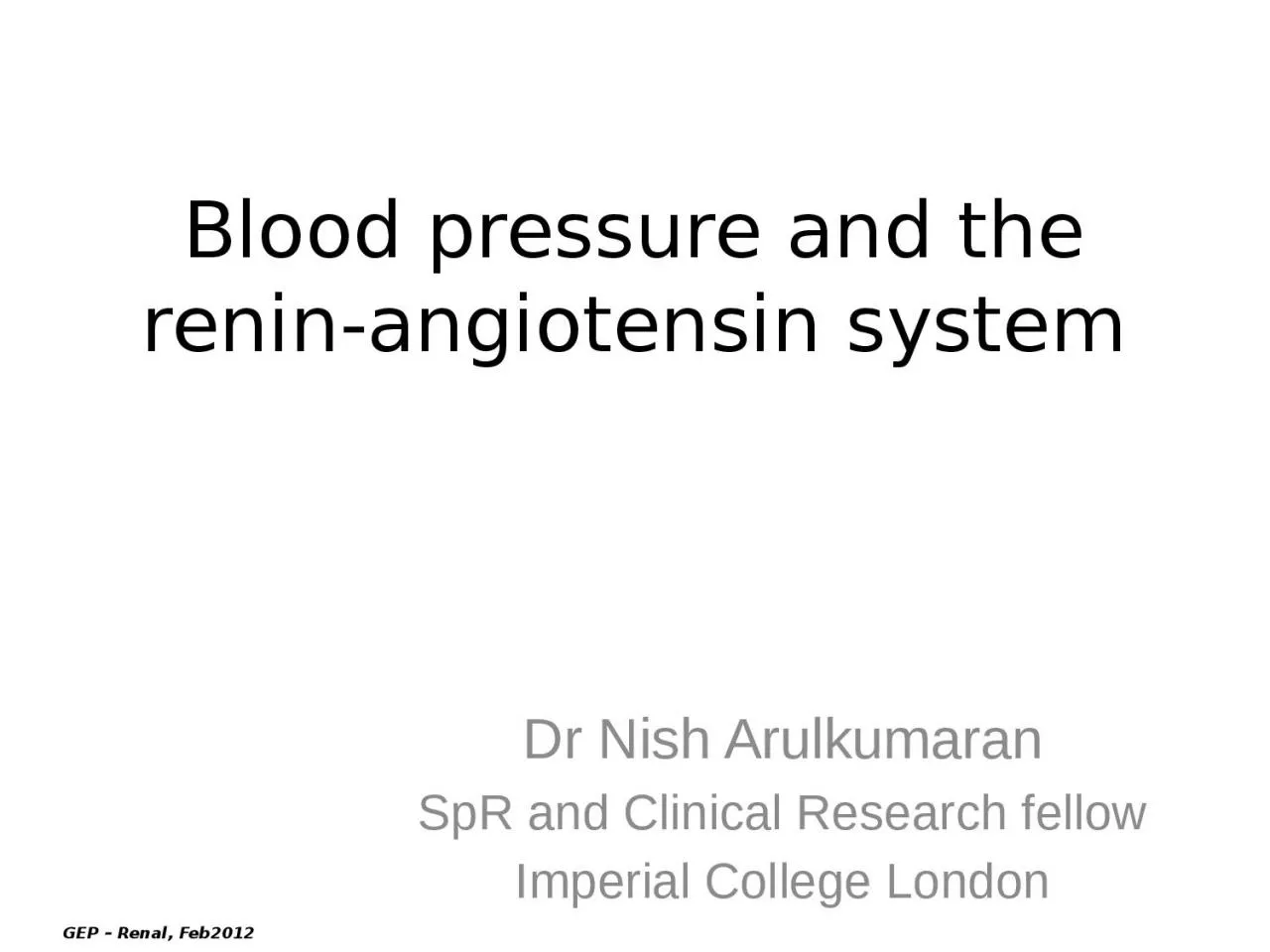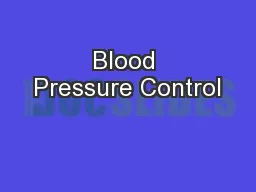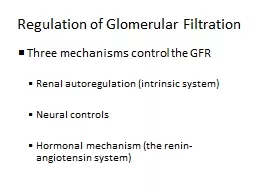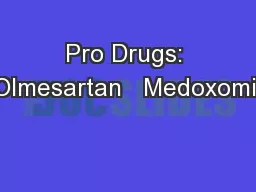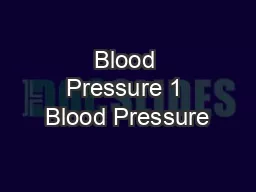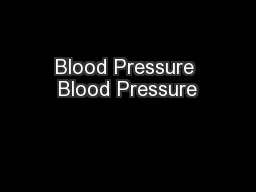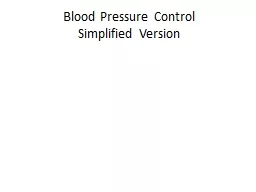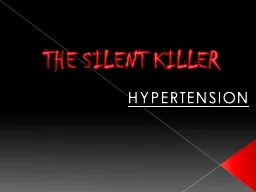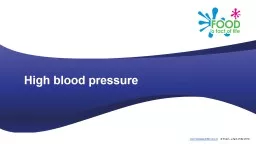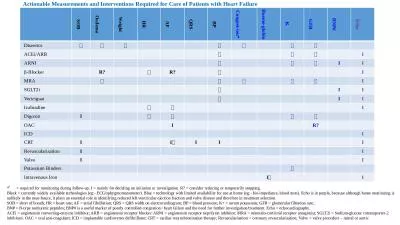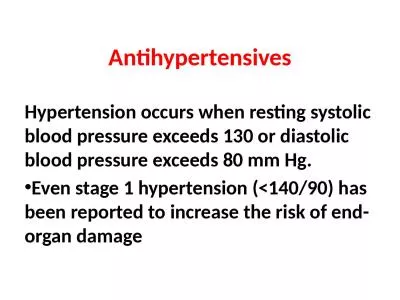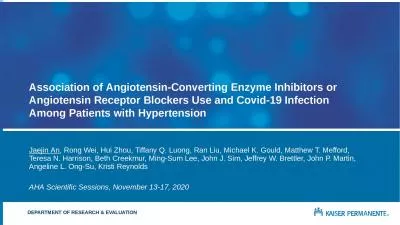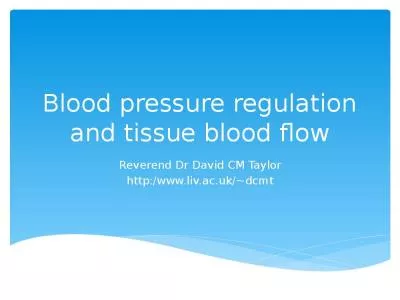PPT-Blood pressure and the renin-angiotensin
Author : callie | Published Date : 2024-03-13
system Dr Nish Arulkumaran SpR and Clinical Research fellow Imperial College London GEP Renal Feb2012 Systolic and Diastolic pressure Heart cycle systole and
Presentation Embed Code
Download Presentation
Download Presentation The PPT/PDF document "Blood pressure and the renin-angiotensi..." is the property of its rightful owner. Permission is granted to download and print the materials on this website for personal, non-commercial use only, and to display it on your personal computer provided you do not modify the materials and that you retain all copyright notices contained in the materials. By downloading content from our website, you accept the terms of this agreement.
Blood pressure and the renin-angiotensin: Transcript
Download Rules Of Document
"Blood pressure and the renin-angiotensin"The content belongs to its owner. You may download and print it for personal use, without modification, and keep all copyright notices. By downloading, you agree to these terms.
Related Documents

